You probably wake up every morning, worrying about being mistaken at school for a nerd, or a pothead, or an emo kid, or a preppy, and subsequently getting harassed by one of the jocks or cheerleaders because of it.
Or not.
South is too large, too diverse, too active, and frankly, too smart to be able to adhere to these culturally outdated social scripts. There is no arbitrary popularity here; rather, South students are either more or less well-known based on how much and in how many activities they participate.
The antiquated ideas about a school’s social structure, with a sort of ruling class of cool kids, certain undesirable outcast groups, and a vast multitude of forgettable, average kids are straight out of the 1950s, when social circles were decided by the amount of money a given student’s family had.
Said system quickly grew outdated as diversity in schools necessitated new groups, new social circles, and the destruction of barriers between groups of people, as well as a sort of attrition of extracurricular activities that lost social acceptance; cheerleading, for example, no longer exists here.
Today’s South is defined by the fluidity with which students can move between sets of friends. South students have no reservations when it comes to being involved with multiple social circles, and said circles are generally not concerned that their constituent members are not exclusive.
These social groups, too, are made up of sets of people who opt into them, often based on shared activities and interests, not on the status of one’s family or one’s income level, as in days gone by.
Because of this, there are no students who are by default popular. Arguably, no one at South is “popular”, but rather, well-known. A plus of lacking predestined popularity is that it leaves open the door for anyone to become well-known, and one does this simply by being outgoing, talented, and active within the school’s community.
Even then, those who are less well-known are still able to comfortably fit into any number of South’s many, many social circles because they have something to contribute.
Essentially, there are no real groups of outcasts at South, nor any real collections of ‘popular kids’, nor any other exclusive groups. Students who participate in sports often participate in theater, students who are huge fans of math may also play instruments, and students on the dance team might also be members of the Green Tigers, Spoons Club, or the Improv Team.
Certainly, there are schools where this is not the case, where arbitrary segregation is king, and where students are part of one group of friends and only one group of friends.
But South is not one of those schools. The community here offers equal opportunities for inclusion for all who want them. This is the kind of community that, if more widespread, would make the world a significantly better place. That isn’t the case yet, but having a slice of social paradise here isn’t too shabby.


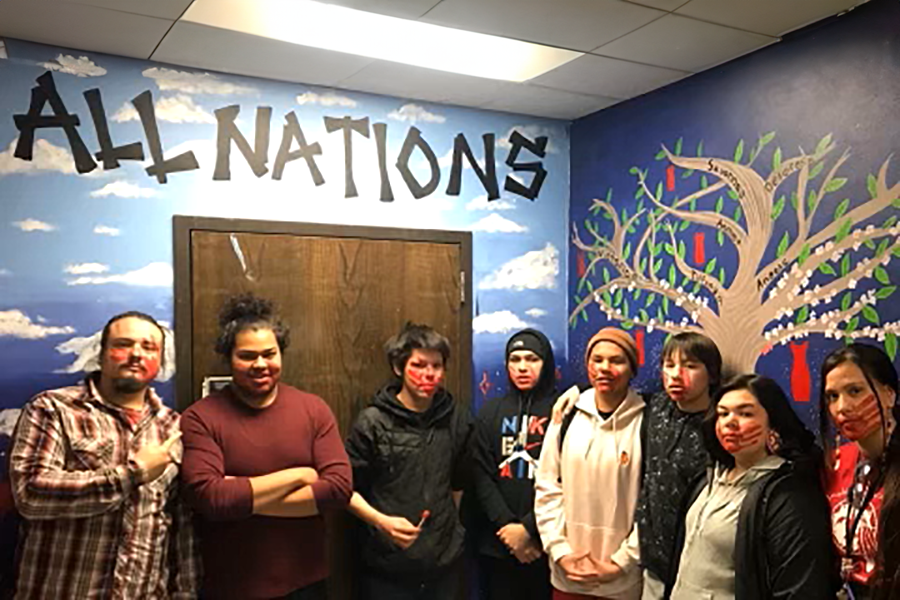
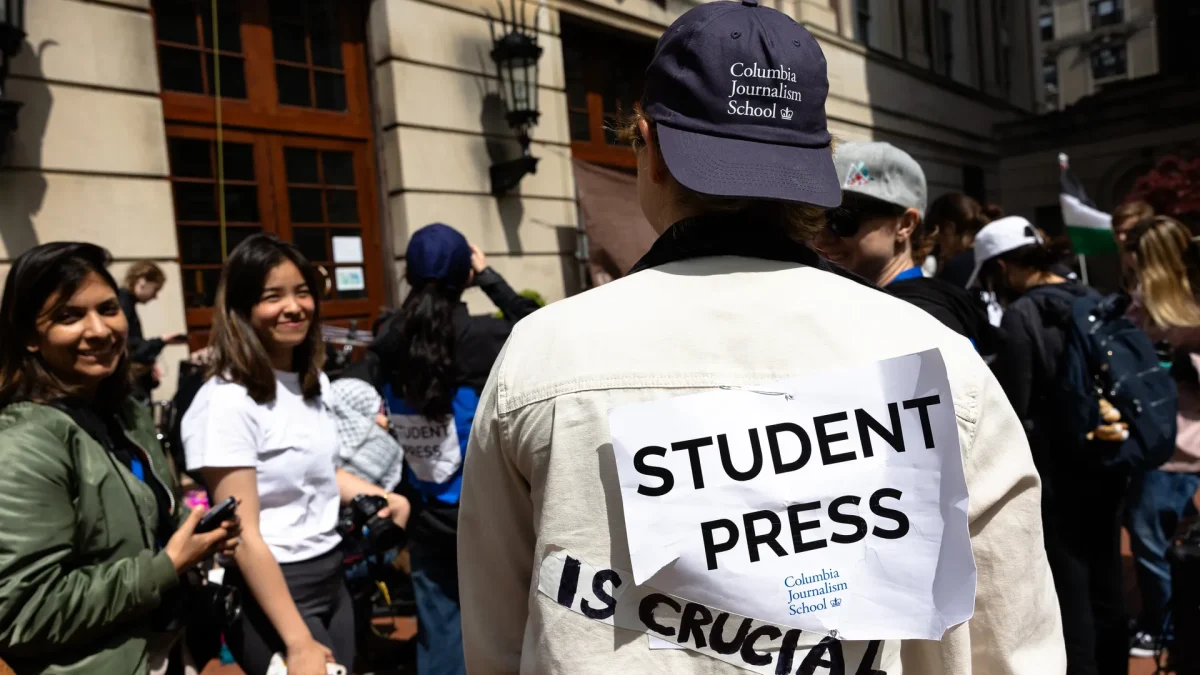
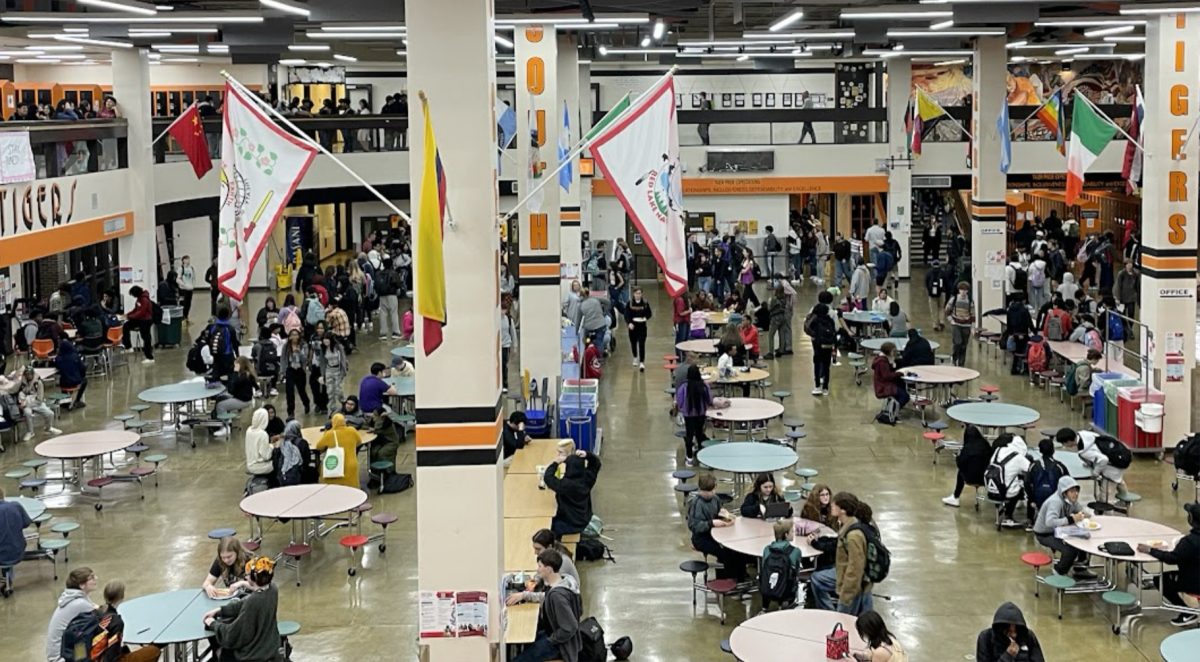
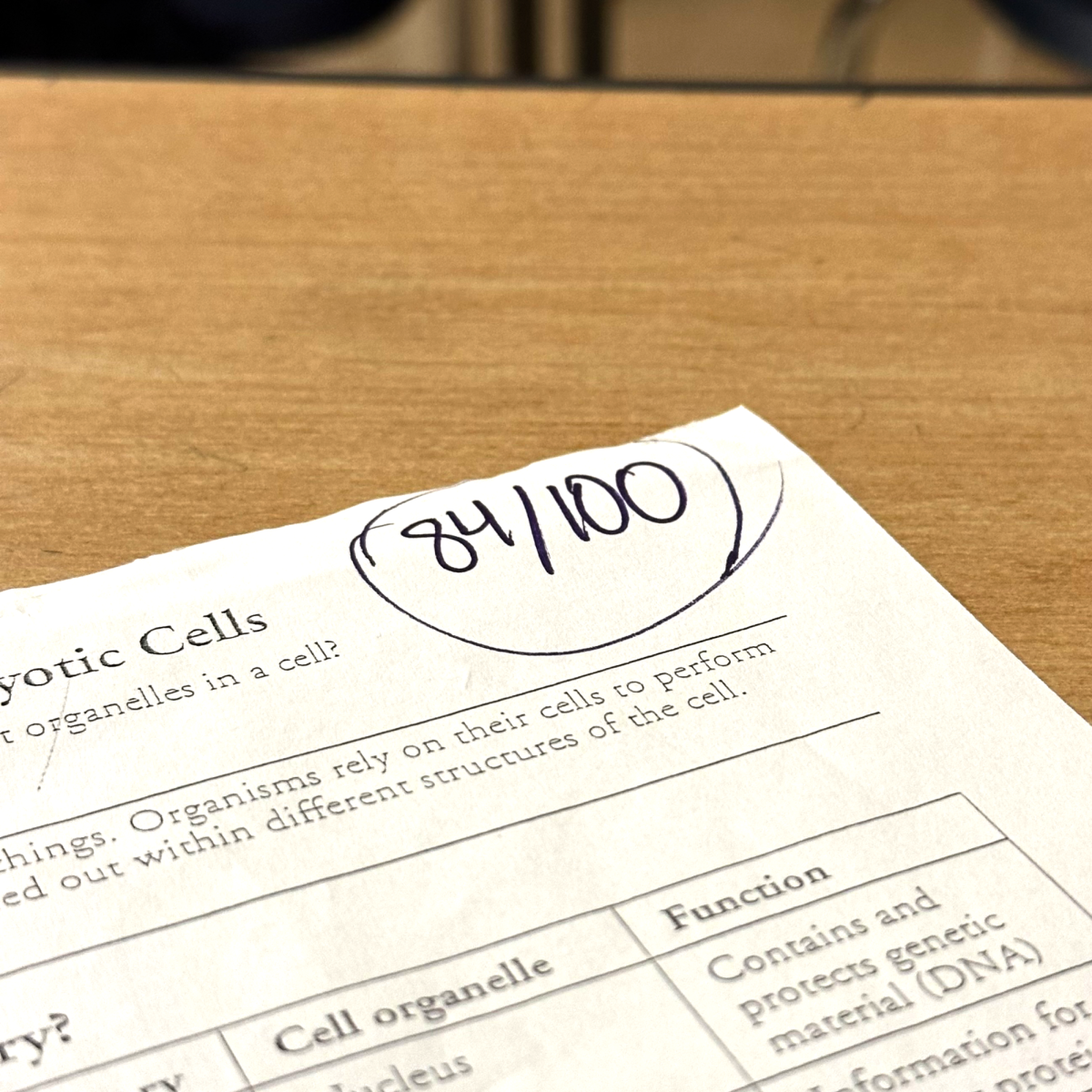
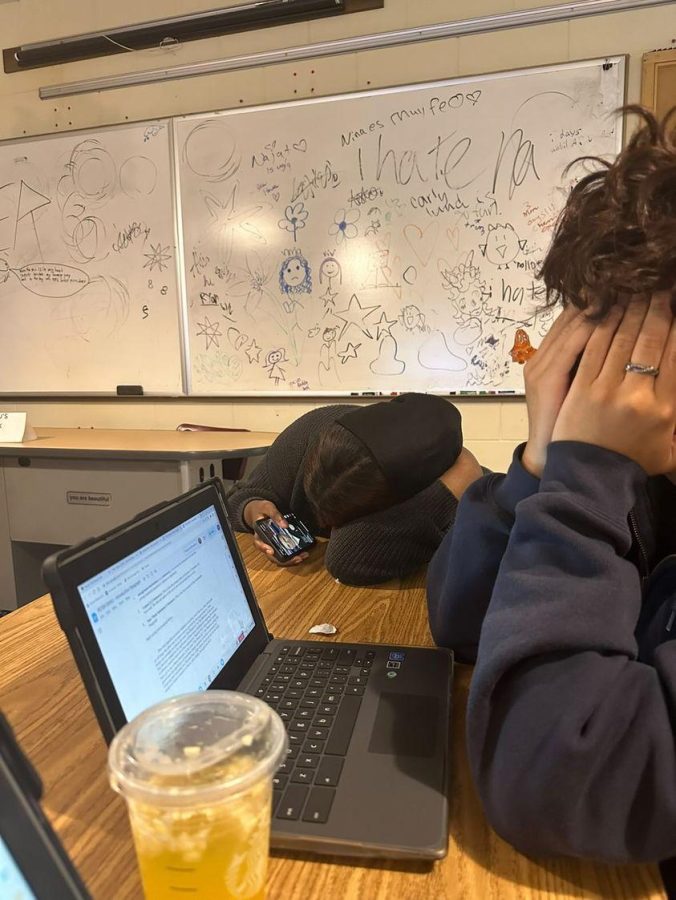
Patty Casey • Nov 20, 2010 at 11:42 am
I was relieved to hear this!
Nadia Spock • Nov 17, 2010 at 4:44 pm
Collin this is really great! I feel like you really capture the essence of South, and how everyone has a place in the schools community. Well done!